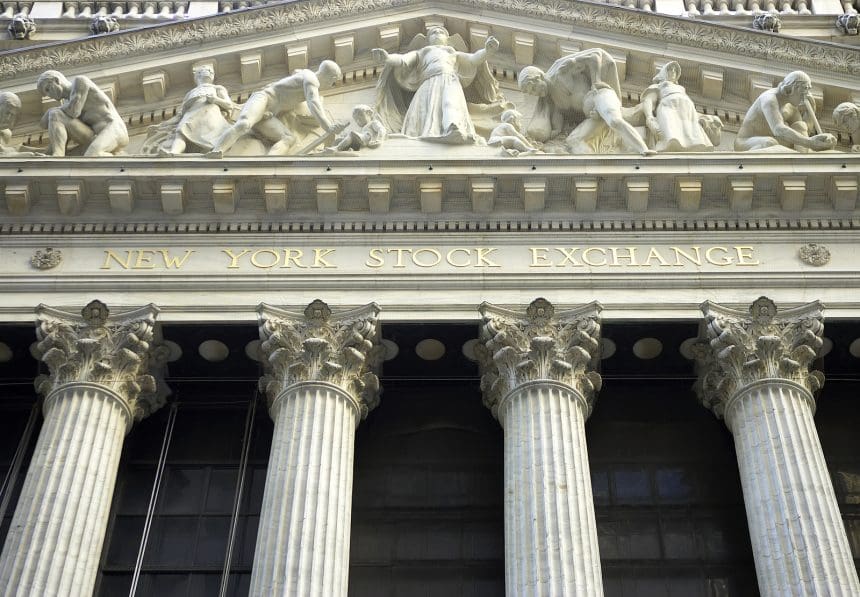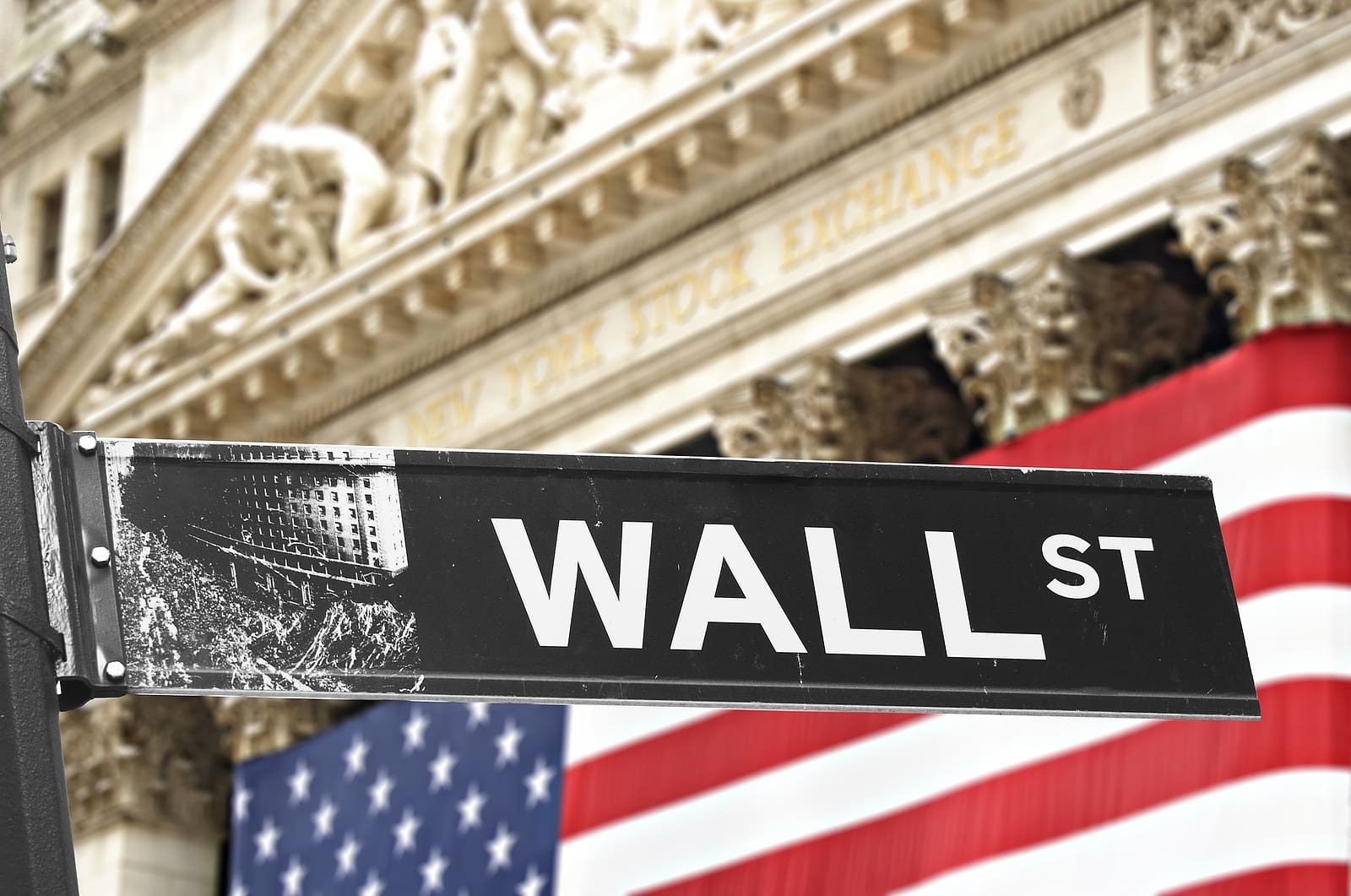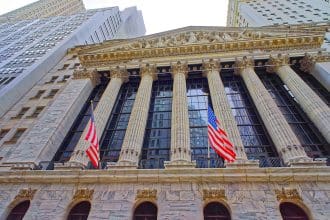Overnight Trading Gains Momentum as U.S. Markets Edge Toward 24-Hour Access
ST. LOUIS, MO (STL.News) – Global investors are no longer waiting for Wall Street’s opening bell to act on breaking news, economic data, or geopolitical developments. Overnight trading—once considered a niche tool for institutional players and futures traders—is now gaining mainstream attention as technology firms, brokerages, and exchanges move closer to creating an around-the-clock marketplace for U.S. equities.
While overnight trading volumes remain a small fraction of the broader market, momentum is undeniable. Platforms like Robinhood and Interactive Brokers have seen a sharp increase in demand, while specialized operators like Blue Ocean Technologies are scaling their infrastructure. Additionally, Nasdaq is considering launching a 24-hour trading model as early as 2026. For overseas investors, this shift means greater access to American markets during their business day, and for U.S. traders, it represents an opportunity to respond immediately to global events.
What Is Overnight Trading?
Overnight trading refers to transactions placed outside traditional U.S. market hours. The New York Stock Exchange (NYSE) and Nasdaq run from 9:30 a.m. to 4:00 p.m. Eastern Time. In contrast, extended trading sessions include:
- After-hours: 4:00 p.m. – 8:00 p.m. ET
- Overnight: 8:00 p.m. – 4:00 a.m. ET
- Pre-market: 4:00 a.m. – 9:30 a.m. ET
This timeline effectively closes the gap between market sessions, making the U.S. stock market far more accessible to traders in Europe and Asia who may want to act on real-time news during their daylight hours.
Futures traders have long used overnight sessions to monitor indicators such as the E-mini S&P 500 contract, which serves as a bellwether for the coming day’s trading. However, retail platforms are now opening this window to individual investors.
Why Overnight Trading Matters
The appeal of overnight trading lies in access and immediacy. Key reasons include:
- Reacting to News in Real Time —










